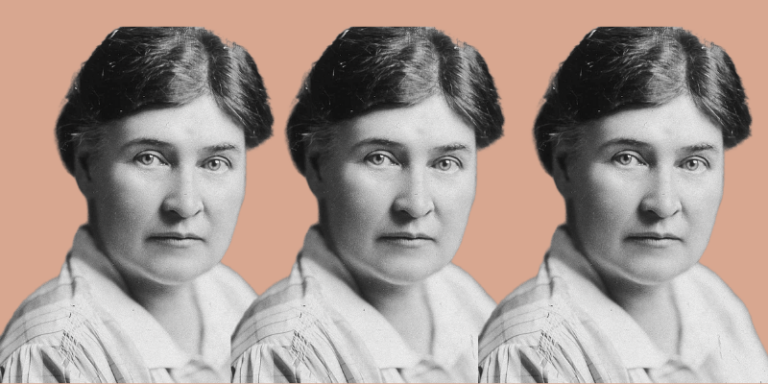It’s almost impossible to grasp how deeply theater was woven into the fabric of American life, from coastal cities to frontier towns, before the rise of Hollywood. It helps to see this through the eyes of a young woman, born in 1873, who grew up in Red Cloud, Nebraska, went to college in the state capitol, Lincoln, and as an undergraduate began reviewing local productions for the . Lincoln had fallen on hard times in the 1890s, its population dropping sharply from fifty‐five thousand to forty thousand in the course of that decade due to an extended drought and a nationwide economic depression.
Despite financial hardship, a great many people in Lincoln continued to flock to the theater, frequenting the Funke Opera House as well as the newer Lansing Theatre. The two houses could hold well over three thousand playgoers, and there were smaller venues in town as well. Remarkably, for a rural and mostly agricultural state with just over a million inhabitants, Nebraska had more than fifty playhouses in 1890, with new ones being built as rail service made transportation faster and more dependable, enabling some of the finest talent in the country to tour the state.

That young theater reviewer in Lincoln was the future novelist Willa Cather, later celebrated for her portrayal of frontier life. In the course of one especially busy week in April 1894, Cather reviewed five plays: (one of America’s earliest musicals), (another New York transfer, which played to “uttermost capacity.
















